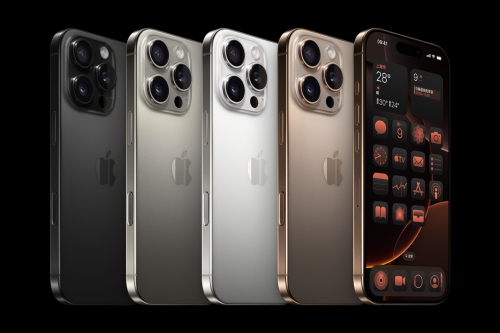Hello and welcome back to the Skills 360 podcast. I’m your host, Tim Simmons, and today, I want to look at how you can connect with your audience while you’re actually delivering your presentation.
It’s easy to leave your connection with the audience to chance. I mean, you might think that giving a presentation should be about conveying a message rather than “connecting” with your audience. But I assure you, whatever your message is, you’ll get it across with much greater success if you have a good connection with your audience. And that connection isn’t a chance occurrence. You have to work on it.
Last time, I gave you some tips on what you can do before you start your presentation. Today, I want to talk about what you can do during your presentation. And a great place to begin is at the beginning. One thing you should definitely do in your opening is to tell your listeners why your presentation matters. That might sound like this: “The information I’ll give you today will help you come to a decision about such and such.” Or it might be: “Today, I’d like to share some ideas that could completely change the way you talk to your customers.”
In your opening, it’s also a good idea to provoke their curiosity with something interesting, and relevant. That could sound like this: “10 years ago, I was working at a conference just like this…as a cleaner.” Or maybe: “We had some pretty big goals for the third quarter…so, did we actually meet them?” In these two ways, you are connecting by making your presentation relevant and interesting.
I know you’ve probably heard that it’s a good idea to grab the audience’s attention with a joke, or a shocking idea, or an eye-catching visual that makes them sit up and take notice. To be perfectly honest, this bit of advice has led to a lot of really lame openings. I mean, you can’t just tack on a surprise to the start of a boring presentation and think that you’ve done the tough work of audience engagement. If you’re funny, and you’ve got a relevant joke, then tell it. Otherwise, don’t. Because it’s not authentic. I can’t emphasize the importance of authenticity enough. Be yourself, and people will be more likely to connect with you.
But remember, it’s not all about you; it’s about your audience. If you learned something about them before your presentation, drop that information in somewhere during your presentation. Give examples from their own lives, or work.
Another really simple but effective way to connect is using people’s names. If you’re presenting to a group of people you don’t know, it’s a good idea to find out a few names beforehand. So, by using people’s names and information that matters to them, you make the presentation about them.
I’ve been talking a bit about what you should say or mention in your presentation. But no relationship is a one-way street. And it’s much, much easier to keep people engaged if you invite them to do a bit of talking themselves. Even just a bit helps.
How do you do that? Well, you ask questions. Asking questions is one way to make people feel like participants, not just listeners. Hearing from the audience also gives you ongoing feedback on how they’re feeling and what’s important to them. And you can use that feedback to adapt on the fly.
Now, remember last time I mentioned that connecting with your audience starts before you actually begin? Well, it also continues after you finish. Don’t plan to sprint out of the room once you’ve flicked the switch on the projector. Make yourself available. Stick around to answer questions. Keep the conversation going. And you can even invite further feedback by email if you like. Or you can offer to send people a short follow-up, maybe a copy of your PowerPoint or a summary of your presentation. But if you do, do it promptly. You don’t want to be remembered for a lack of follow-through.
All right, let’s quickly review what we’ve talked about. Start off with a relevant and interesting opening. Be authentic. Incorporate the audience into your presentation. Ask them questions. And keep connecting with them even after your presentation. If you can do these things, you’re sure to make a good connection. And if you’ve got a good connection, you’ll be better able to inform, instruct, inspire, or persuade.
That’s all for today. So long. And see you again soon.














